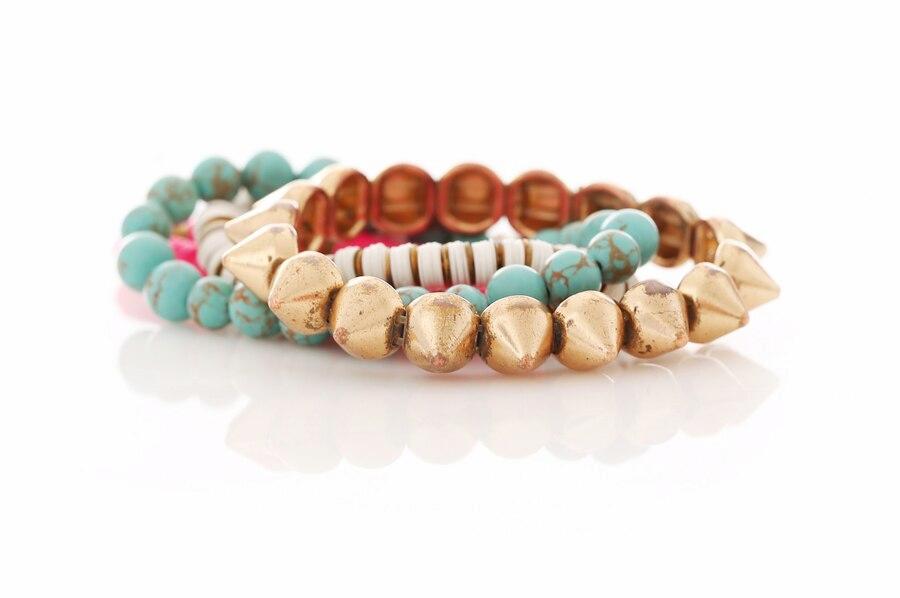How to Choose the Right Top Plate for Your DIY Furniture Projects
Selecting the right top plate is crucial for the success of your DIY furniture projects. The top plate not only provides structural support but also contributes significantly to the overall aesthetics and functionality of the piece. When choosing the top plate for your DIY furniture projects, consider the following factors to ensure you select the right one that meets your needs and preferences.
Factors to Consider When Choosing the Right Top Plate
1. Material Selection
Choose a material for the top plate that aligns with the design, durability, and maintenance requirements of your DIY furniture project. Common materials for top plates include:
– Solid Wood: Offers a natural and warm look, suitable for rustic or traditional furniture designs.
– Engineered Wood: Provides a more affordable and versatile option with consistent quality and finish.
– Glass: Adds a modern and sleek aesthetic, ideal for contemporary or minimalist designs.
– Metal: Offers a durable and industrial look, suitable for modern or industrial-style furniture.
– Stone: Provides a luxurious and durable option, perfect for high-end and elegant designs.
Consider the characteristics of each material, such as durability, appearance, maintenance needs, and cost, to choose the right top plate material for your DIY furniture project.

2. Size and Shape
Determine the size and shape of the top plate based on the dimensions and design of your furniture piece. Consider the following aspects:
– Length and Width: Ensure the top plate dimensions fit the intended use and space constraints of the furniture.
– Shape: Choose a shape that complements the overall design aesthetic, such as rectangular, square, round, or custom shapes.
– Thickness: Select a thickness that provides adequate strength and support for the intended use of the furniture piece.
Customizing the size and shape of the top plate to suit your DIY furniture project ensures a cohesive and well-proportioned design.
3. Finish and Texture
Select a finish and texture for the top plate that enhances the visual appeal and tactile experience of the furniture piece. Consider the following options:
– Matte Finish: Provides a subtle and understated look, ideal for creating a contemporary or Scandinavian design.
– Glossy Finish: Offers a sleek and polished appearance, suitable for modern or high-gloss furniture styles.
– Textured Finish: Adds depth and character to the top plate, creating visual interest and tactile appeal.
– Stained Finish: Enhances the natural beauty of the material, providing a rich and luxurious look to the top plate.
Choosing the right finish and texture for the top plate can elevate the design of your DIY furniture project and create a cohesive and harmonious look.

4. Compatibility with Other Components
Ensure the top plate is compatible with other components of the furniture, such as legs, frames, or attachments, to create a cohesive and functional design. Consider the following aspects:
– Attachment Points: Top plate has the necessary attachment points or hardware to connect with other components securely.
– Design Alignment: Confirm that the top plate aligns with the design and style of the furniture piece, creating a cohesive and visually appealing look.
– Functional Integration: Verify that the top plate integrates seamlessly with other components to provide stability, functionality, and ease of use in the final furniture assembly.
Choosing a top plate that is compatible with other furniture components ensures a well-integrated and structurally sound DIY furniture project.
Conclusion
By considering these factors when choosing the right top plate for your DIY furniture projects, you can create stylish, sturdy, and functional pieces that align with your design goals and meet your practical needs. Selecting a top plate that suits your aesthetic preferences, structural requirements, and budget constraints ensures a successful and satisfying furniture-making experience.


